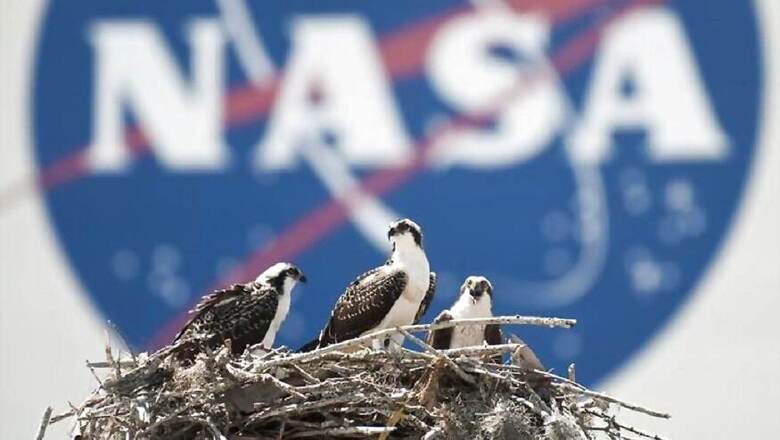
views
NASA will send an instrument to study the Martian moons Phobos and Deimos on a Japan-led sample return mission to the moons of the Red Planet planned for launch in 2024, the US space agency has said. The instrument, a sophisticated neutron and gamma-ray spectrograph, will shed light on one of the most enduring mysteries of the Red Planet -- when and how the small moons formed, NASA said. The Mars Moons eXploration (MMX) mission is in development by the Japan Aerospace Exploration Agency (JAXA).
India's 1st Tech And Auto Show Awards 2017 | Vote And Win a Smartphone
MMX will visit the two Martian moons, Phobos and Deimos, land on the surface of Phobos and collect a surface sample. "Solving the riddle of how Mars' moons came to be will help us better understand how planets formed around our Sun and, in turn, around other stars," Thomas Zurbuchen, Associate Administrator for NASA's Science Mission Directorate (SMD) at Headquarters in Washington, said in a statement.
Scientists are hoping that the sample will be returned to Earth in 2029. "International partnerships like this provide high-quality science with high-impact return," Zurbuchen said. NASA said it is also supporting the development of one of the spacecraft's suite of seven science instruments. The selected instrument, named MEGANE (meaning "eyeglasses" in Japanese), will be developed by a team led by David Lawrence of the Johns Hopkins University Applied Physics Laboratory in Laurel, Maryland.
News18.com Presents Tech and Auto Awards 2017 | Selfie Smartphone of the Year: Nokia 8 or Oppo F3 Plus? Vote And Win
MEGANE will give MMX the ability to "see" the elemental composition of Phobos, by measuring the energies of neutrons and gamma-rays emitted from the small moon. The elementary particles are emitted naturally as a result of the high-energy cosmic rays and solar energetic particles that continually strike and penetrate the surface of Phobos. "With MMX, we hope to understand the origin of the moons of Mars," said Masaki Fujimoto, Director of the Department of Solar System Science in JAXA's Institute of Space and Aeronautical Sciences.
"They may have formed as the result of a large impact on Mars or they may be captured asteroids of a sort that may have brought a great deal of water to both Mars and Earth," said Fujimoto. MMX will follow Japan's Hayabusa and Hayabusa 2 asteroid sample return projects. Hayabusa brought microscopic asteroid specimens back to Earth in 2010 and Hayabusa 2 is set to arrive at its target -- asteroid Ryugu -- next year to collect samples for return to Earth in 2020, Astronomynow.com reported on Monday.
Don't Miss: Apple iPhone X Review | Should You Pay Rs 1,02,000 For It?













Comments
0 comment